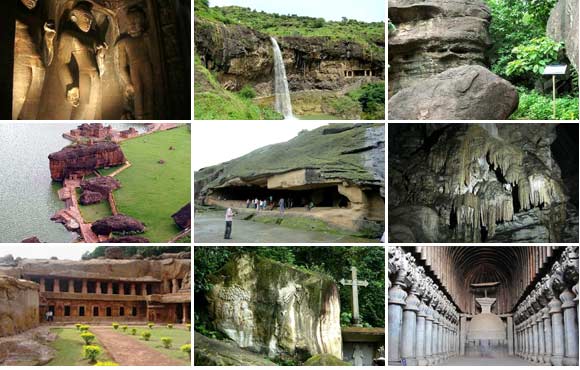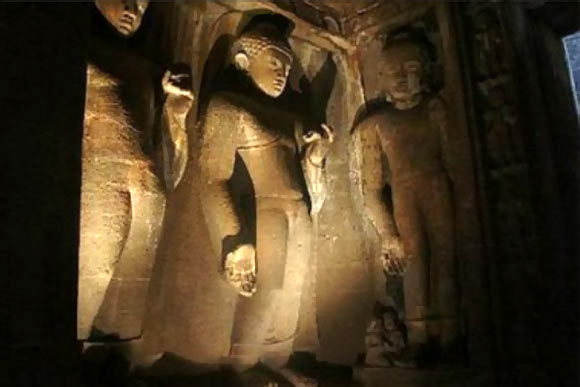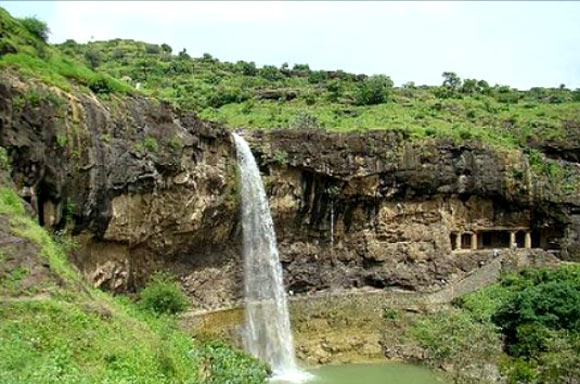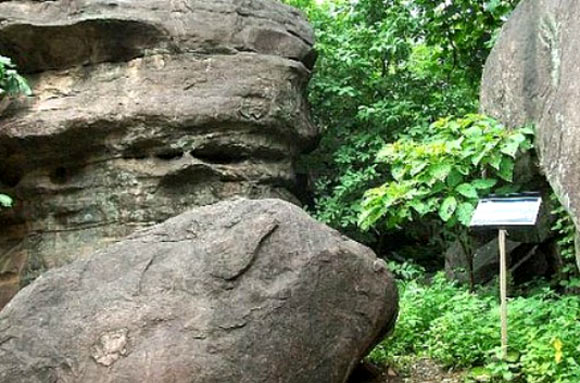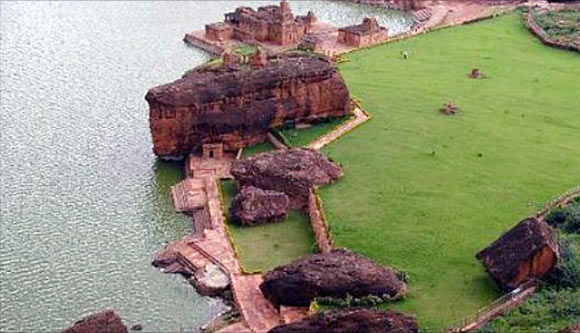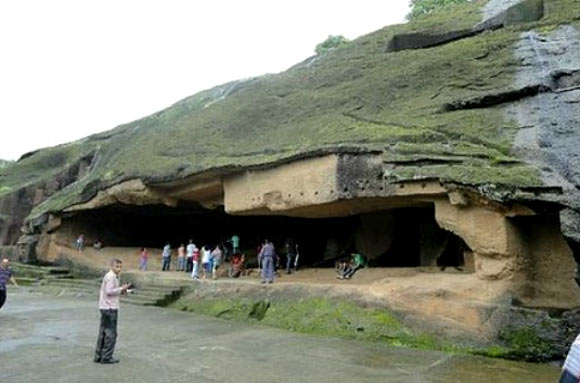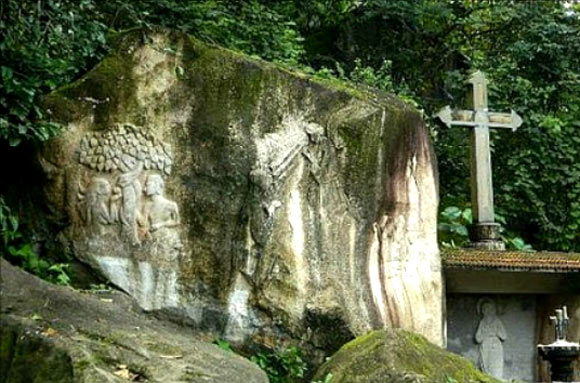 | « Back to article | Print this article |
PICS: A travel adventure visiting India's amazing caves
Travel website TripAdvisor.in recommends visiting these sites, reminders of India's glorious heritage over centuries.
For those who seek an eclectic mix of history and mystery in their travels, exploring the caves of India can be quite an experience.
They represent the ancient culture, the lifestyle and art forms of people through various periods of time. The intricate paintings and architectural elements in these caves have amazed researchers and historians globally.With some of these sites also featuring on the World Heritage list, it might be interesting to know a little more about their significance and contribution to human civilisation.
In the following pages, as you read about the magnificent caves of India, you will realise that they offer just the right dose of cultural and spiritual awareness to your holiday schedule.
Please click NEXT to continue reading...
1. Ajanta Caves, Aurangabad
Located in Aurangabad, Maharashtra, the Ajanta Caves were declared a World Heritage site by UNESCO in the year 1983.
There are over 30 rock-cut caves here, some of which date back to as early as the second century BC.
While most of the caves feature Buddhist sculptures and carvings on the stone pillars, some of them also have colourful paintings on the ceilings, depicting exquisite detailing and symmetry.
As it was impossible for light to percolate inside them centuries ago, historians have explained how ancient artists would collect water on the caves' floors to create a reflection (like a mirror), so that they could perfect the drawings on the ceilings.
2. Ellora Caves, Aurangabad
If you are visiting Aurangabad, the Ellora caves are not to be missed.
A world heritage site just like Ajanta, there are 34 of them, dating back to the fifth century BC.
Archaeologists have identified 17 Buddhist, 12 Hindu and five Jain caves here. While each has its own distinct offerings in terms of carvings and inscriptions, Cave Number 16, which contains the Kailasanatha Temple, is definitely worth visiting -- carved out of a single rock, the temple, dedicated to the god Shiva, aims to replicate Mount Kailash and stands tall on 16 pillars.
3. Rock Shelters of Bhimbetka, Bhopal
The rock shelter caves are located in the Raisen district of Madhya Pradesh amidst thick vegetation, and rich forest flora and fauna.
The place is a must-visit for those who wish to know more about the Stone Age era and the development of civilisation over the centuries.
The walls of these caves bear paintings that date back to the Stone Age. They denote various everyday activities like hunting, dancing and music, while others depict horse and elephant riders of those times.
4. Badami Cave Temples, Badami
Badami is a small town in the Bagalkot distict of Karnataka and the cave temples here attract tourists from across the country.
The architecture here is a fine blend of northern and southern elements, be it the images on the ceilings or the figures of deities carved in sandstone.
5. Kanheri Caves, Mumbai
Located a few kilometres from Borivali in Mumbai, the Kanheri caves are frequented by tourists due to their historic significance and association with Buddhist culture in India.
The site boasts of a staggering 109 entrances and in ancient times, served as a centre of Buddhism where people lived, studied and practised meditation.
6. Borra Caves, Visakhapatnam
Recognised as one of the largest cave sites in the country, the Borra feature structures made in limestone.
For those who are interested in geology and the earth sciences, the natural cave elements here might interest you. Inside you will find stalactites, stalagmites, drapery, straws and flowstone -- terms some of us might have read only in geography books at school.
While you are here, you may also want to check out the state tourism board's rail-cum-road package tour for a guided inside tour of the caves, which are illuminated by mercury, sodium vapour and halogen lamps.
7. Udayagiri Caves, Bhubaneswar
Udayagiri is a famous hill located in Bhubaneshwar, Orissa.
Translating as 'sunrise hill' from Sanskrit, it features both natural and partly artificial caves that have archaeological, historical and religious significance.
It is believed that the 18 caves here served as residential spaces for the Jain monks during King Kharavela's rule in the state between 193 and 170 BC.
9. Edakkal Caves, Kalpetta
If you are travelling to Kerala, you must visit the Edakkal Caves in the Wayanad district of the state.
Here survive some truly fascinating carvings and paintings from the Stone Age era; some of them even point out the existence of the Indus Valley civilisations of Mohenjo-Daro and Harappa.
For students of anthropology or history in particular, these caves hold an immense interest.
9. Karla Caves, Lonavala
Set in idyllic Lonavala, a visit to the the Karla Caves will take you back in time, offering a glimpse of ancient Indian Buddhist culture.
The entrance leads to a large prayer hall which features sculptures of men, women, lions and elephants.
Considering its strategic location, historians believe that the caves were used as a point of meeting to facilitate trade and commerce with adjacent states.
